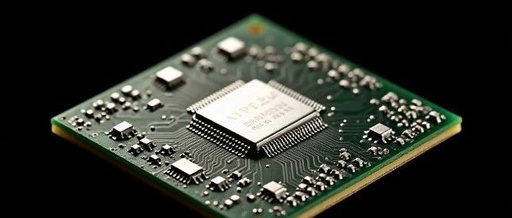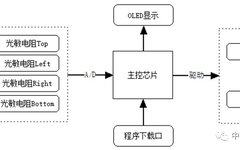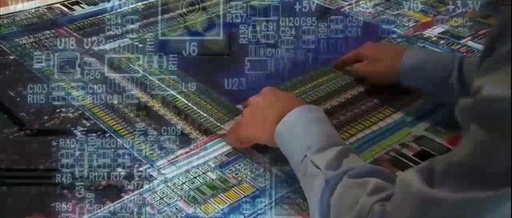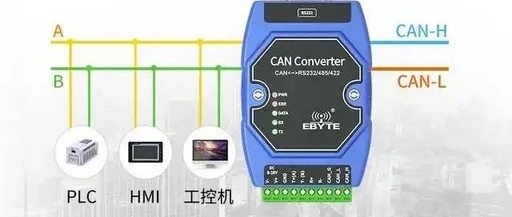NXP Launches World’s First 16nm Automotive MCU with Integrated MRAM, Making OTA Updates Faster than Smartphones! Transform Your Car into a Smart Cockpit Instantly! Is This the Opportunity for Chinese Chips to Overtake?
Today, I want to talk to you about a major event in the automotive industry! Just yesterday, NXP launched a “revolutionary” chip, the S32K5, which completely changed my perception of automotive OTA upgrades! The write speed is 15 times faster than flash memory! OTA upgrades can be completed in just a few seconds, faster than … Read more






